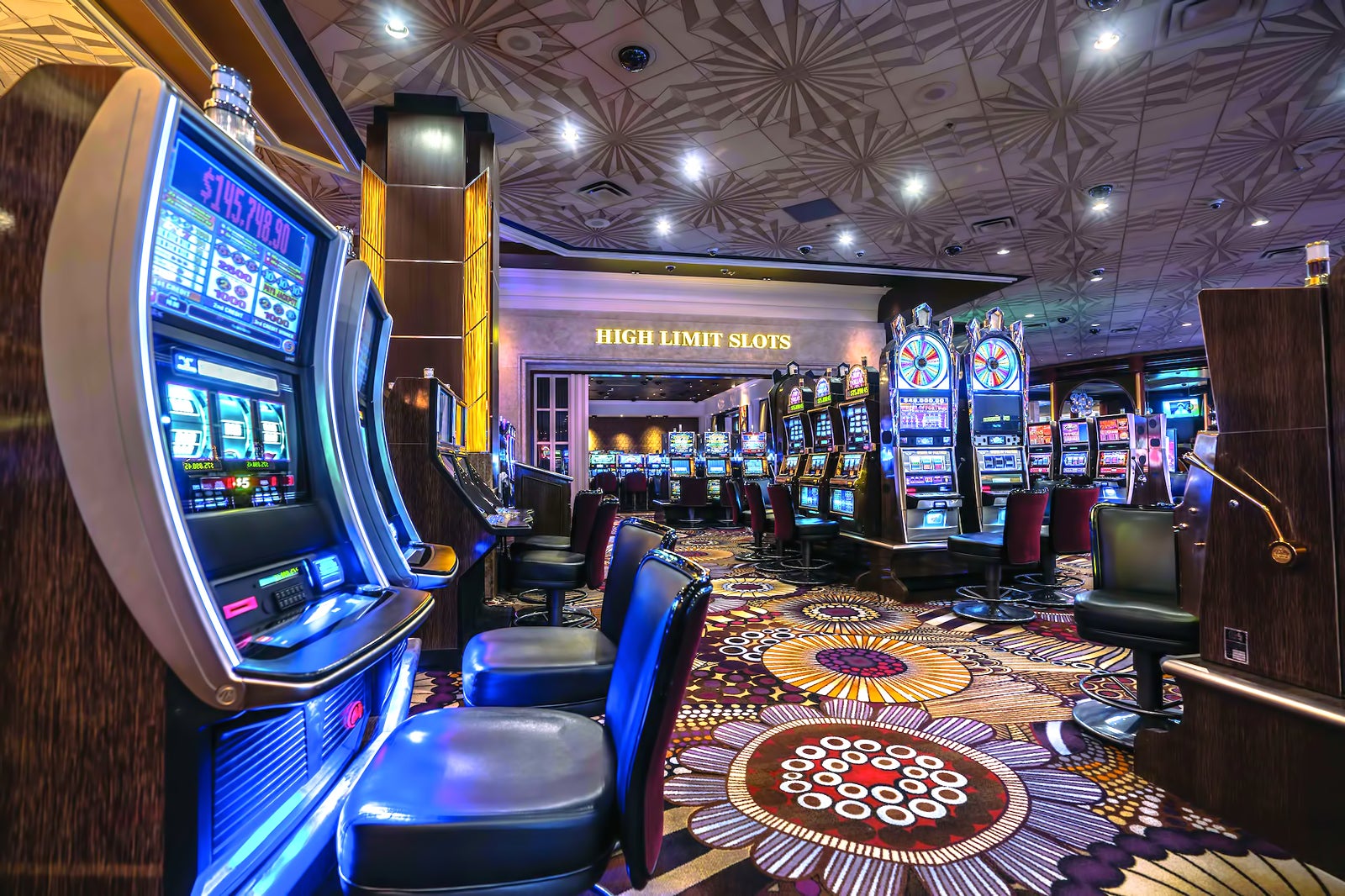
Beneath these glittering lights and the alluring sounds of spinning wheels lies an dynamic world in which creativity meets mathematics: the making of casino games. While players flock to gaming establishments seeking excitement plus the possibility of striking it rich big, a vast amount of effort takes form behind closed doors to create these games for their enjoyment. From the starting concept to the final product that players interact with, numerous elements are brought together to ensure a captivating gaming experience.
Designers, engineers, plus game creators work together to combine innovative technology with enthralling gameplay features. Each aspect, from graphics plus sound effects to probabilities plus payouts, is carefully crafted to attract players plus keep them entertained. Understanding the intricate process of the way casino games are made reveals not only the technical expertise involved but also the artistic vision that brings these engaging experiences to life.
Casino Game Development Workflow
The design workflow starts with idea generation and concept development, where creators generate concepts for innovative casino games. This first phase typically includes identifying target audiences and analyzing market trends. Designers consider factors such as game mechanics, themes, and payout structures to create an immersive experience. Collaboration between game designers, mathematicians, and artists is crucial to ensure a well-rounded concept.
Once a concept is chosen, the next stage entails creating prototypes and testing. Designers build a functional version of the game to evaluate its playability and mechanics. This facilitates adjustments and refinements based on feedback from testers. Iteration is key, as designers may navigate multiple rounds of testing to optimize gameplay balance and user experience. This phase is essential for identifying any potential issues before the game is finalized.
After testing, the game moves into the development phase and production. This includes the technical aspects of coding the game software, integrating graphics, and making sure compliance with gaming regulations. Quality assurance testing ensures that the game functions flawlessly across different platforms and devices. Once everything is polished, the game is prepared for launch, usually accompanied by marketing strategies to attract players and generate buzz around the latest casino game.
Technology and Development
The development of casino games has changed significantly with advancements in technology. Contemporary game design often includes high-quality graphics, engaging sound effects, and interactive animations that deliver a captivating experience for gamers. Game developers use sophisticated software tools and coding languages to create these interactive gaming experiences. Additionally, the use of random number generators ensures fairness and unpredictability in outcomes, which is essential for maintaining player trust and compliance with gaming regulations.
In the past few years, the rise of online casinos has expanded the limits of game development even further. Developers are now able to design games that cater to a worldwide audience, incorporating features such as live dealer options and virtual reality environments. This transition has encouraged innovation, leading to unique game mechanics and formats that enhance player engagement. Mobile gaming has also become a significant focus, prompting developers to tailor games for mobile phones and tablets, ensuring accessibility and convenience for players on the go.
Cooperation among creators, artists, and mathematicians is crucial in the development process. Each team brings their expertise to ensure games are not only aesthetically pleasing but also statistically accurate and enjoyable. The integration of player feedback during testing phases allows developers to improve game features and functionalities, ultimately leading to a successful launch. As technology continues to advance, the potential for new game concepts and experiences is unbounded, promising an enticing future for casino games.
Testing and Quality Assurance
Once a gambling game has been developed, it moves into the crucial phase of testing and quality control. This phase ensures that the game operates seamlessly and provides a fair experience for users. Teams conduct thorough tests, including functionality checks to ensure that all game features work as expected. Each component, from visuals to audio, is evaluated to ensure high standards are met.
In addition to operational testing, the game entails rigorous compliance checks to meet compliance requirements. Different jurisdictions have specific regulations governing game fairness and player protection. Quality assurance teams will check that the random number generators are working correctly and that the game’s payout percentages correspond with market standards. This meticulous examination helps forge trust with users and regulators alike.
Finally, pre-launch testing may be conducted with genuine players to gather opinions on user experience. This invaluable insight allows developers to implement necessary adjustments before the public launch. casinò non AAMS Tackling any potential issues noted during this phase helps ensure that players will experience a smooth, immersive experience when the game goes live. The commitment to quality reflects the industry’s dedication to delivering pleasant and trustworthy casino games.
